When I need an escape or to destress, I typically have two tactics: get out in nature, or read about nature. Since I was a child, books have served multiple purposes: as a source of dreams, to challenge me with new ideas, and as therapy.
If you’re like me, you need a good read now more than ever.
If there’s a theme to this month’s review, it’s the value of deep understanding – and putting the time into that understanding. Whether the subject is an obsessed angler, a bird, a mole, or armed militants, there are insights to be made by going deep, observing and, always, listening. Each of the authors here accomplished that, and I think the results are entertaining and inspiring.
As always, feel free to leave your own suggestions in the comments.
-
Lords of the Fly
By Monte Burke
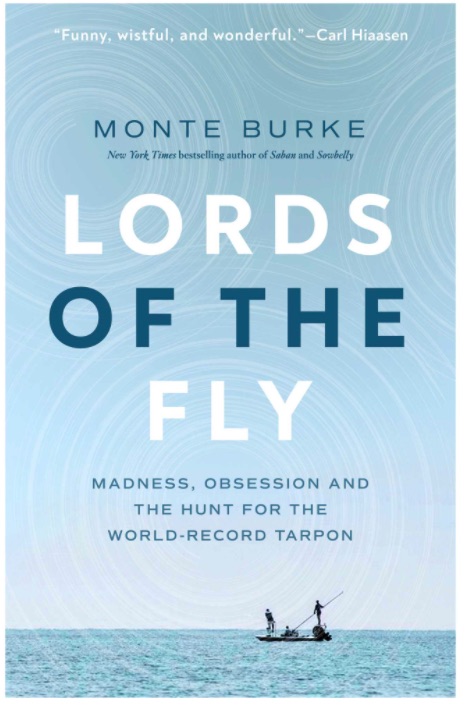
From a fishing standpoint, I’d rather stalk 6-inch native trout in high-mountain streams than pursue world records. But from a story standpoint, the pursuit of world-record tarpon is irresistible. It combines big fish, eccentric characters, big money, even bigger egos and plenty of illicit substances.
Monte Burke is up to the task of telling this strange and epic tale; he’s a masterful storyteller with an eye for detail. Tarpon are arguably the glamour saltwater fly fishing species: big, elusive and hard fighting. When a world record is caught off the coast of Florida in the 1970s, it set off a gold rush of sorts, bringing obsessive fly fishers who spent weeks and months in pursuit of tarpon by day and vices by night.
Single-minded obsession always makes for a great story, of course. And Burke spends time understanding what motivates guides and their clients to destroy family ties and friendships in pursuit of fish. At times, it was pursuit of fish that didn’t even show up. As much as I love fishing, I cannot imagine a solid month of casting, day after day, without a fish.
As unfathomable and often unpleasant as I found the tarpon hunters – the fishing they did seemed to obliterate the very reasons I go fishing – I loved every minute of the story. Burke details how this pursuit unraveled into bitter factions, and even contributed to the loss of the tarpon fishery itself. It’s a story in the tradition of Ahab and Santiago, and one of the more enjoyable fishing books I’ve read this year. And I read a lot of fishing books.
-
American Zion
Betsy Gaines Quammen
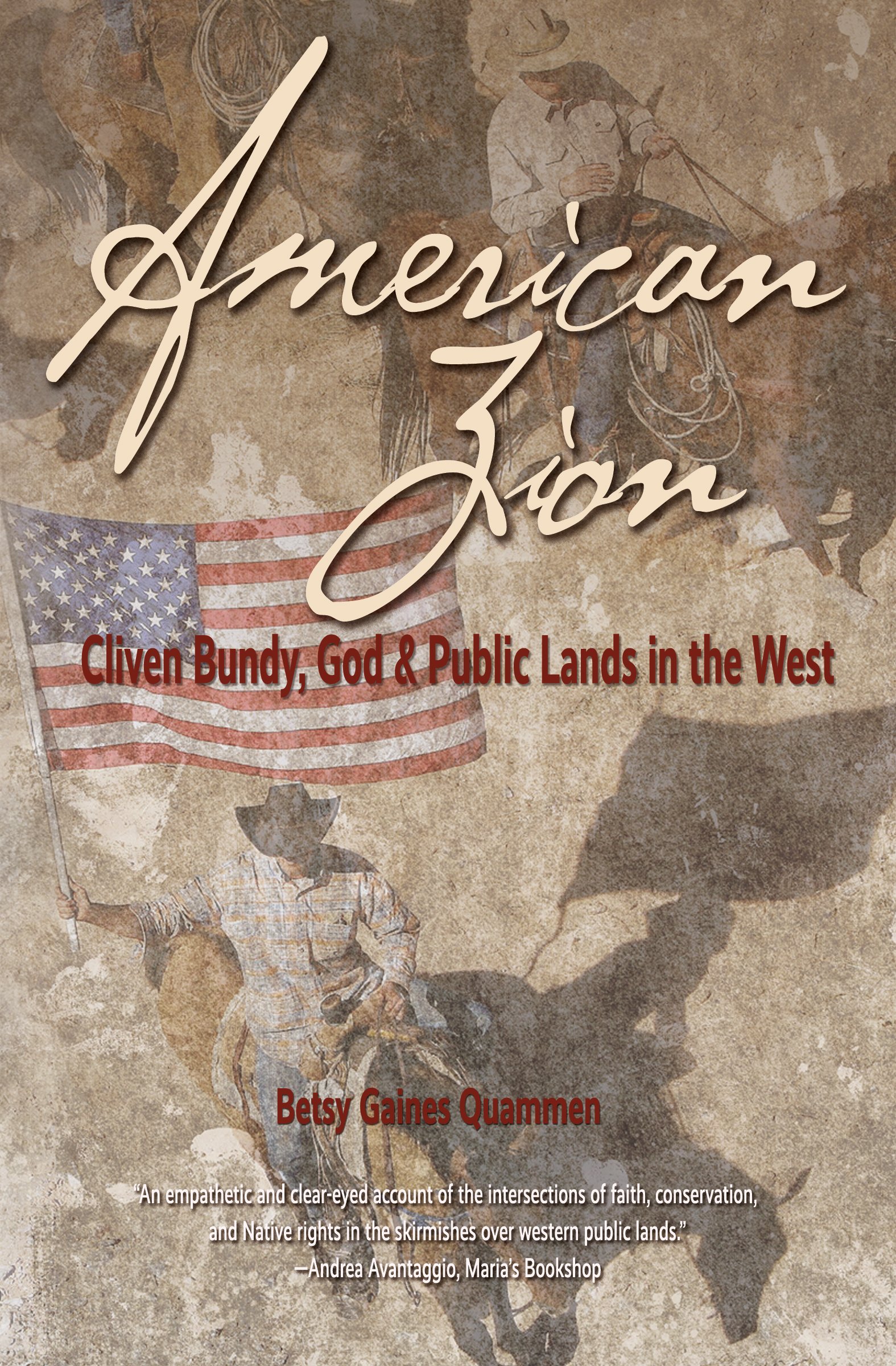
I spend extensive time on the expansive public lands of the western United States, and I consider such lands among our national treasures. I find efforts to sell or otherwise dispose of these lands to be misguided and infuriating.
In recent years, some of the highest-profile stands against public lands management have been led by rancher Cliven Bundy and his family. They were involved in an armed standoff with federal agencies in Nevada, and helped lead the armed takeover of the Malheur National Wildlife Refuge in Oregon. I’ve read every journalistic account I could find on these incidents, but I also admit I’ve put little time into understanding the motivations behind the headlines.
Betsy Gaines Quammen has done that, and more, in this thoroughly researched book that seeks to understand the Bundys and others who have a different view of federal land ownership and management. She spends time with the Bundy family and other right-wing activists. She takes a deep look at history, questioning even conservationists’ deeply held convictions about public land. And she articulates the religious beliefs and philosophy that underpins the anti-public lands movement.
Frankly, many books about public lands recite the same history, or delve into the sausage-making of federal policy. This book is a refreshing new take, and will help all public lands advocates better understand – and defend – our country’s most special places.
-
The Ring Ouzel
By Vic Fairbrother and Ken Hutchinson
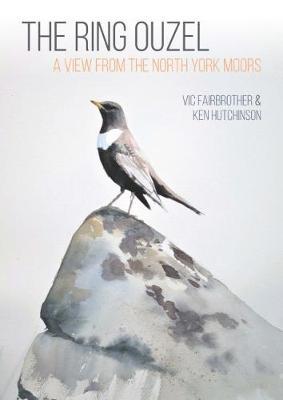
Books abound on “big years” and epic birding adventures, with the protagonists hopping from species to species. Think of The Ring Ouzel as “deep birding,” a tribute to what two amateurs can accomplish when they devote themselves to one bird.
The ring ouzel is one of the United Kingdom’s least-known birds. Authors Vic Fairbrother and Ken Hutchinson thought they could contribute to the understanding of the ouzel and its conservation by observing it in its North York Moor habitat. And they did, for twenty years.
This is the result, a compilation of all things ring ouzel from nesting to mating to predation to conservation. It speaks to the contributions that citizen scientists can make, and also captures the wonders and discoveries still available by conducting field research. I recently had the pleasure of talking to the authors and will feature their work in depth in an upcoming blog.
-
How to Catch a Mole
By Marc Hamer
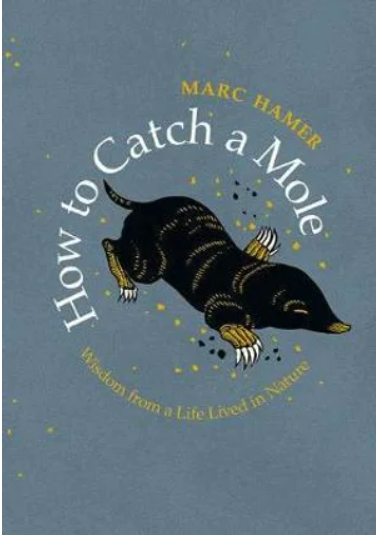
I confess a strange obsession with books that detail weird ways to pursue wild animals. I’ve read books on bird trapping and chasing rats in garbage heaps. So a book by a professional molecatcher caught my eye. And the pursuit of moles is here. But there is so much more.
Marc Hamer left a troubling family in his teens and lived homeless for years. He’s a lifelong vegetarian, but a gardening career led him to molecatching, a tradition-rich profession in the United Kingdom. This is a gem of a little book, so rich in insights and observations about the natural world and our minor (in the big scheme) place in it. As a molecatcher, Hamer accepts his impermanence and irrelevance. Ironically, this is a book that deserves to last.
He describes the craft of catching moles, while wrestling with mortality (his and the moles). He eventually gives up killing them, but also acknowledges that trapping provided him with a quality life. He manages to never be preachy or judgmental. Read it, savor the language and poetry and reflect on it. There is more here on a meaningful and purposeful life than in a year’s worth of wellness trainings.
-
Freshwater Fishes of North America, Volumes 1 & 2
Edited by Melvin L. Warren, Jr., & Brooks M. Burr
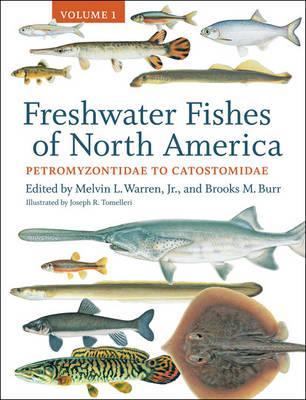
The other books in this review can be enjoyed by anyone with even a casual interest in nature, science or the outdoors. These two volumes are admittedly for a niche audience. But if you love fish? Well, these books are monumental in both size and scope.
This two-volume reference (with Volume 3 scheduled for publication in spring 2022) cover North America’s fish families, featuring evolution, taxonomy, physiology, habitat, conservation and much more. It is enough to keep a fish nerd occupied for a very, very long time.
I think of this as the encyclopedic complement to the field guide. A fish field guide can help you with ID, but this can provide the details of the freshwater fish diversity you encounter. If you’re a dedicated species angler or freshwater snorkeler, there’s no finer source of information.
-
Station Eleven
By Emily St. John Mandel

Dystopian fiction may be the last thing you’re seeking right now. I get it. But I find creative stories about our questionable future to be an odd comfort. I’ve been binging dystopian stories this year, and I find many of them ring surprisingly true. Plus, there’s the reminder that things can always get worse.
My favorite? Emily St. John Mandel’s Station Eleven, a novel about a pandemic far more deadly than the one we’re currently facing. While she wrote this well before COVID became a part of our lexicon, the ways humans behave in this story feel alarmingly true.
Following the aftermath of a disease that leaves most of the world dead, a Shakespearean troupe takes to the road, performing the Bard’s works in ruined towns. Knowledge of technology has evaporated and memory of “civilization” has faded. This is a beautiful rendering of what matters and what doesn’t. What we think will stand the test of time may not, while the seemingly inconsequential becomes important.
I love the elements of humans interacting with nature, a key part of so much dystopian fiction. But read this for the characters and the seemingly disconnected storylines that converge in unexpected ways. And better, even in this disastrous landscape, there’s hope.
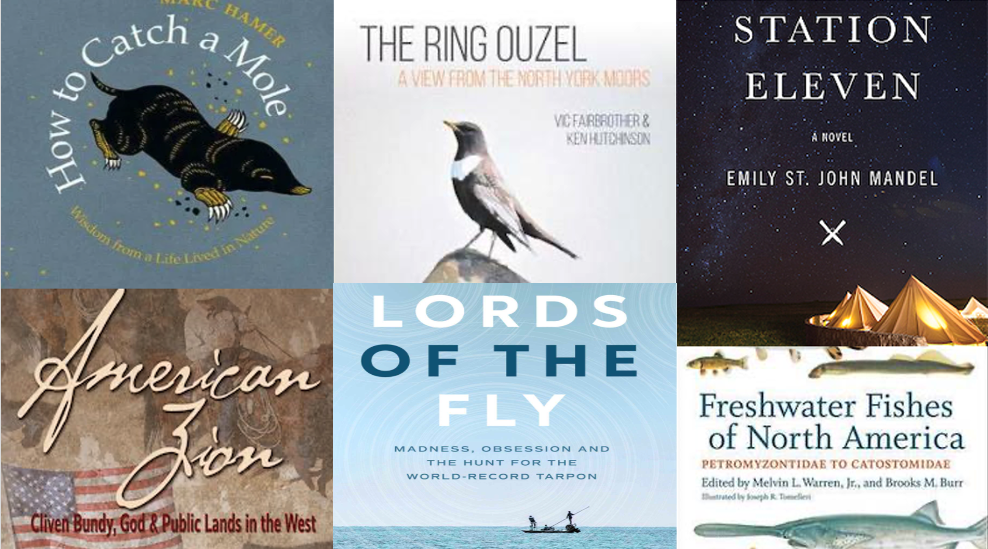



Join the Discussion